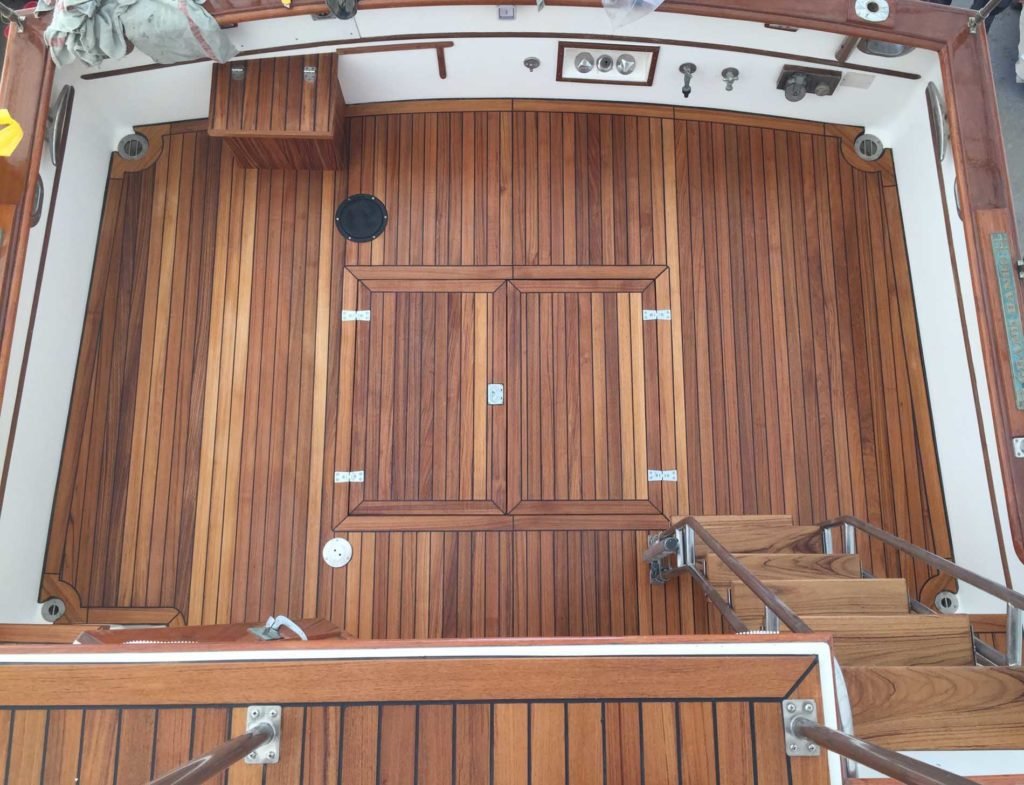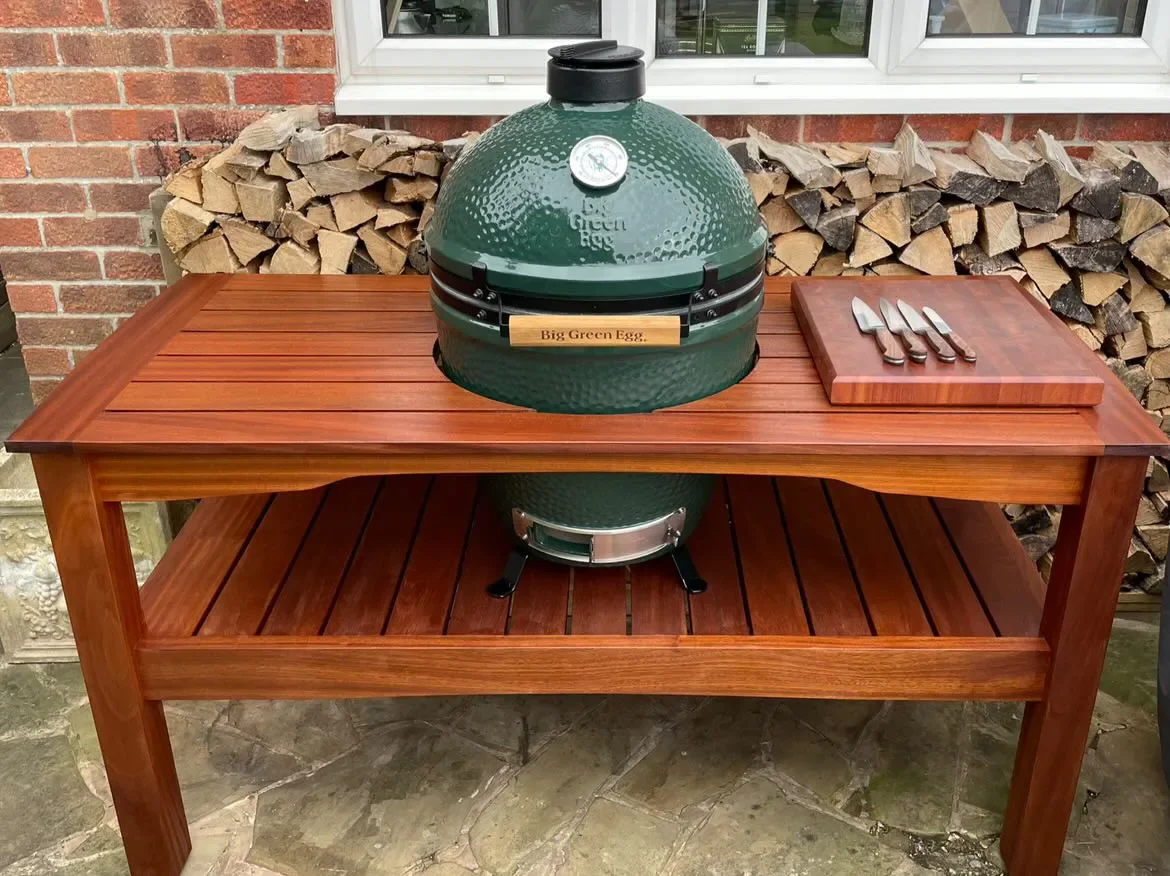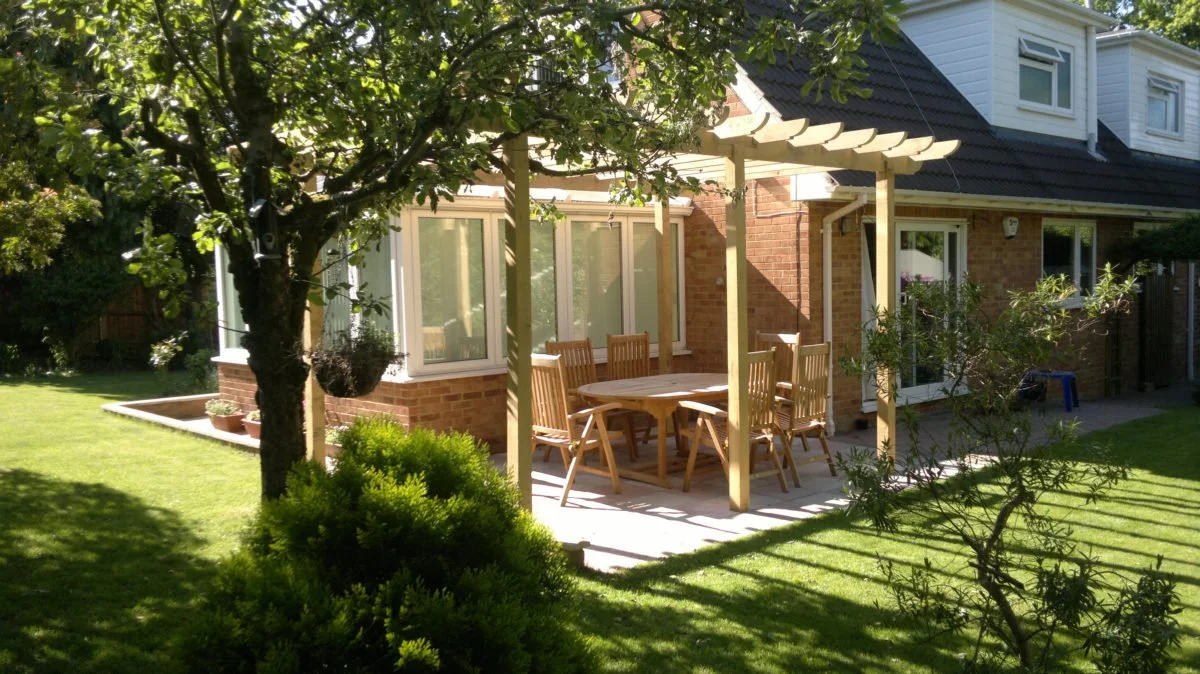The Best Substitute for Teak Wood
What is Teak Wood?
Teak wood is a strong and durable close-grained type of hardwood, that is high in minerals, natural oils and rubber. It is sourced from the Tectona Grandis tree, found in South and Southeast Asia. Teak wood is favoured by many as it is a beautiful wood that is resistant to weathering.
Teak wood is highly versatile. It is often used for decking on boats due to its resilience to water damage and warping. Teak wood is also a good choice for garden furniture, as the nature of the wood ensures the furniture will last for decades. As teak wood is rot and weather resistant, it can last outdoors for over 50 years.
Due to the high oil content, Teak is decay resistant and therefore also used for exterior construction, veneer, frames and so much more.
The Challenge with Teak Wood
Teak wood can be very difficult to source, and because of this can often come with a large price tag.Tectona Grandis is rare and only grows in 4 countries in Asia: Myanmar, Laos, Thailand and India. It cannot be sourced nearer to Europe, where demand for teak has risen over the years. There has also been increased logging restrictions, which while a great thing has impacted on price.
Further, Myanmar (previously known as Burma) is where the majority of teak is grown. Unfortunately, Myanmar is experiencing the longest running Civil War in history, lasting over 60 years. The civil unrest here is also a contributing factor to supply issues and increased costs.
What is Thermally Modified Limba?
Thermally modified Limba is a timber specie Limba that has been enhanced by thermo-modification processes to Durability Class 1. Due to the thermo-modification process this hardwood is extremely stable with great insulation value.
It is sourced from Terminalia Superba in Central Africa. Thermally modified Limba is a durable hardwood that can be used with or without a coating system, ideal for external use. It is easy to work by hand and with machine tools, producing a smooth, planed finish.
Thermally modified Limba is Fungi resistant as well as having good wear resistance. Visually, it is free from knots and if left untreated has a Teak-like silver appearance when exposed to UV light.
What Can Thermally Modified Limba Be Used For?
Thermally modified Limba has excellent stability and is water and fungi resistant. It is an ideal option for exterior applications such as decking, boat-building and cladding. It is also suitable for garden buildings, fencing and noise reduction schemes.
Teak vs. Thermally Modified Limba
The main difference between Teak and thermally modified Limba is price and supply. Teak wood is in a class of its own and we know nothing can beat it, but it is hard to source. Limba, on the other hand, is in abundant supply and has full FSC chain-of-custody certification. With this in mind, we believe thermally modified Limba is the best teak alternative.
Visually there are many similarities between the two, making thermally modified Limba a great teak alternative for outdoor furniture. Further, thermally modified Limba is approximately 20% lighter than Teak wood meaning there can be significant savings on fuel, which makes it an obvious choice for boats.
With all this in mind, we believe thermally modified Limba is the best teak alternative.
WL West Timber is a family-owned sawmill & timber merchant in West Sussex with over 155 years’ industry experience. We provide a wide range of air-dried oak and kiln-dried oak timber products and supplies. We also build and install custom projects for our customers.
For more news, tips and updates, follow us on Facebook, Twitter, or Instagram.
For entirely finished products, timber supplies or woodworking tools, have a look at our online shop.





